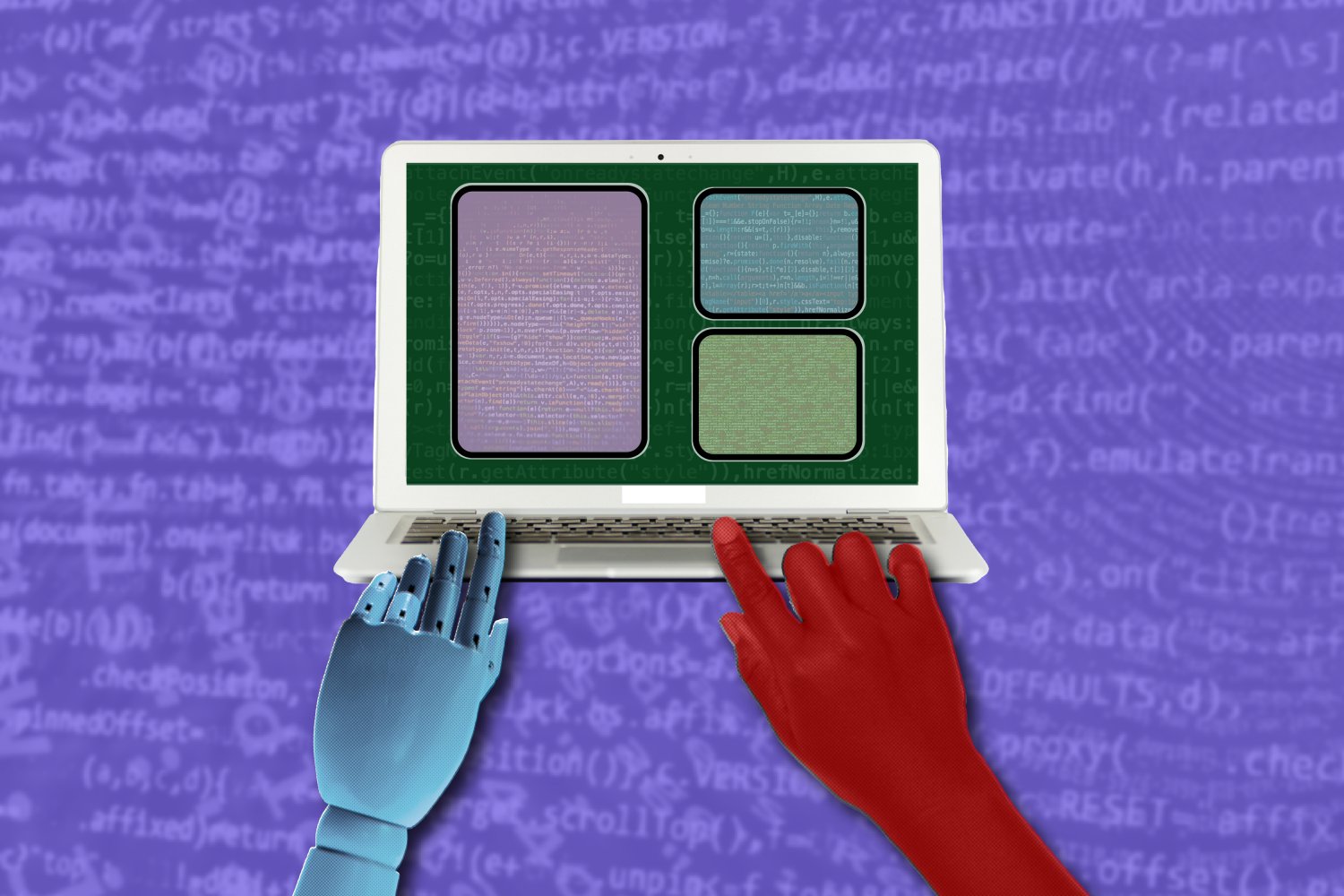Introduction to Modular Coding with Large Language Models
Coding with large language models (LLMs) has the potential to revolutionize the way we develop software. However, it also exposes some long-standing flaws in software development, such as messy code, difficulty in making changes safely, and a lack of transparency. Researchers at MIT’s Computer Science and Artificial Intelligence Laboratory (CSAIL) are working on a new approach to address these issues.
The Problem of Feature Fragmentation
In most modern systems, a single feature is never fully self-contained. For example, adding a "share" button to a social platform like Instagram doesn’t live in just one service. Its functionality is split across code that handles posting, notification, authenticating users, and more. This is known as "feature fragmentation," a central obstacle to software reliability. According to Daniel Jackson, an MIT professor of electrical engineering and computer science, "The way we build software today, the functionality is not localized. You want to understand how ‘sharing’ works, but you have to hunt for it in three or four different places, and when you find it, the connections are buried in low-level code."
A New Approach: Concepts and Synchronizations
To tackle this problem, the researchers propose breaking systems into "concepts" and "synchronizations." Concepts are separate pieces of a system, each designed to do one job well. Synchronizations are explicit rules that describe exactly how those pieces fit together. This approach results in software that is more modular, transparent, and easier to understand. A small domain-specific language (DSL) makes it possible to express synchronizations simply, in a form that LLMs can reliably generate.
How Concepts and Synchronizations Work
Concepts bundle up a single, coherent piece of functionality, like sharing, liking, or following, along with its state and the actions it can take. Synchronizations describe at a higher level how those concepts interact. Rather than writing messy low-level integration code, developers can use a small domain-specific language to spell out these connections directly. In this DSL, the rules are simple and clear: one concept’s action can trigger another, so that a change in one piece of state can be kept in sync with another.
Benefits of the New Approach
The benefits of this approach extend beyond clarity. Because synchronizations are explicit and declarative, they can be analyzed, verified, and generated by an LLM. This opens the door to safer, more automated software development, where AI assistants can propose new features without introducing hidden side effects. Additionally, synchronizations can factor out common concerns like error handling, response formatting, or persistent storage, ensuring consistency across the system.
Real-World Applications
In a real-world case study, the researchers showed how this method can bring together features that would otherwise be scattered across multiple services. They assigned features like liking, commenting, and sharing each to a single concept, making them centralized and legible. The synchronizations spelled out exactly how the concepts interacted, making it easier to understand and maintain the system.
Future Directions
The researchers see potential for a broader cultural shift in software development. One idea is the creation of "concept catalogs," shared libraries of well-tested, domain-specific concepts. Application development could then become less about stitching code together from scratch and more about selecting the right concepts and writing the synchronizations between them. According to Jackson, "Concepts could become a new kind of high-level programming language, with synchronizations as the programs written in that language."
Conclusion
The work of the researchers at CSAIL has the potential to influence how both industry and academia think about software architecture in the age of AI. By making software more modular, transparent, and easier to understand, concepts and synchronizations can help create more trustworthy software. As Jackson says, "If software is to become more trustworthy, we need ways of writing it that make its intentions transparent. Concepts and synchronizations are one step toward that goal."
FAQs
- Q: What is feature fragmentation, and how does it affect software development?
A: Feature fragmentation refers to the way a single feature is split across multiple services, making it difficult to understand and maintain. This can lead to software that is hard to change safely and prone to errors. - Q: What are concepts and synchronizations, and how do they address feature fragmentation?
A: Concepts are separate pieces of a system, each designed to do one job well. Synchronizations are explicit rules that describe exactly how those pieces fit together. This approach results in software that is more modular, transparent, and easier to understand. - Q: How can concepts and synchronizations be used in real-world applications?
A: Concepts and synchronizations can be used to bring together features that would otherwise be scattered across multiple services, making them centralized and legible. This approach can also factor out common concerns like error handling, response formatting, or persistent storage, ensuring consistency across the system. - Q: What is the potential impact of this research on the future of software development?
A: The researchers see potential for a broader cultural shift in software development, with concepts and synchronizations becoming a new kind of high-level programming language. This could lead to more trustworthy software, as well as more automated and efficient software development processes.











